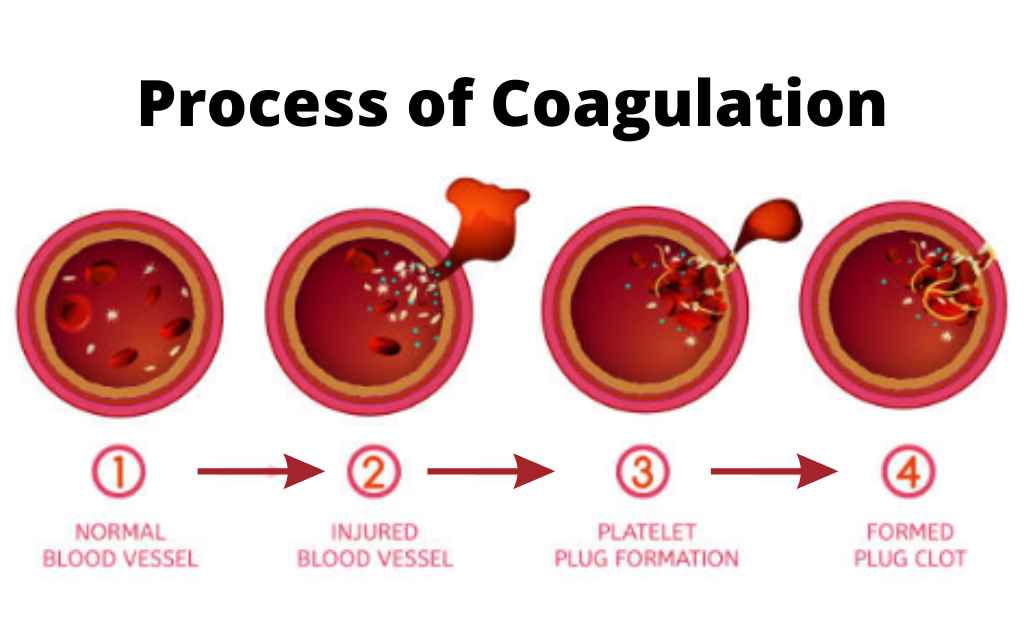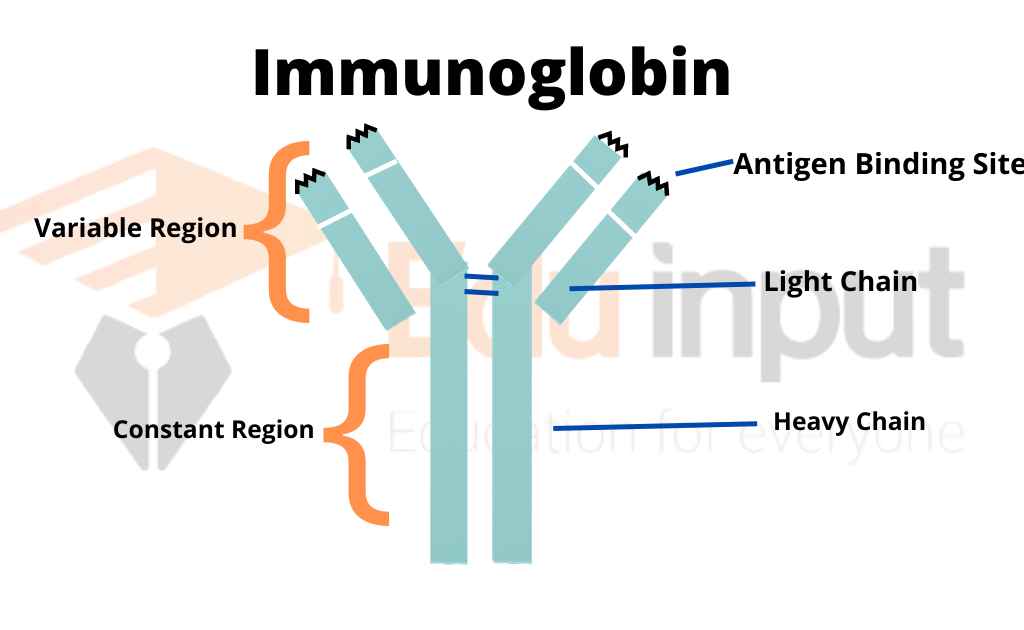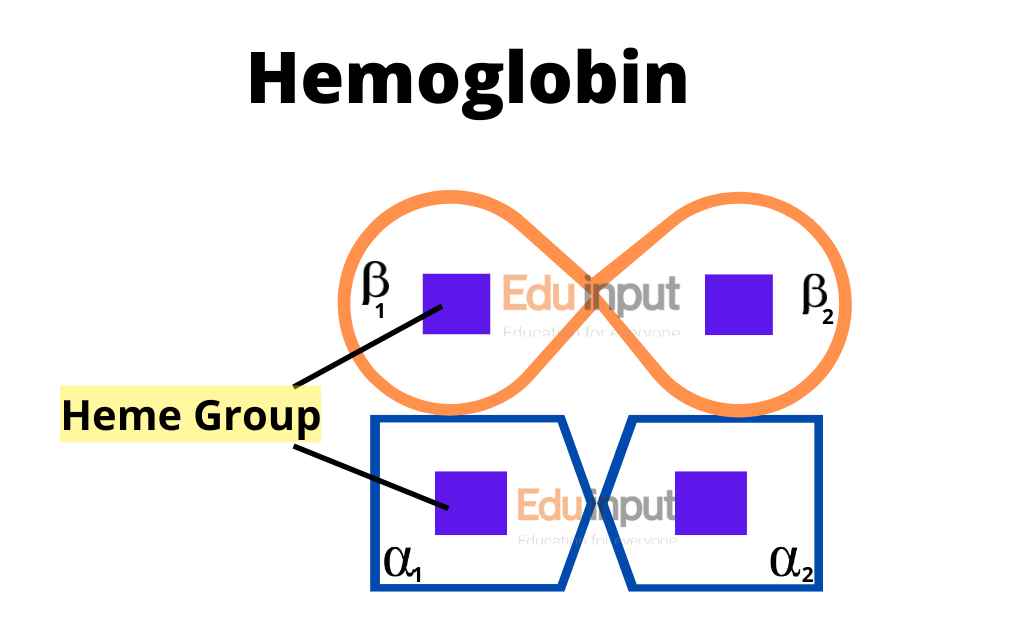Blood Coagulation-Mechanism and Process Pathways
Blood clots occur when blood cells stick together. This causes them to form a mass called a thrombus. Blood clots can develop inside arteries (arterial) or veins (venous). Arterial clots can travel through the bloodstream to the lungs, where they can block blood flow and cause chest pain, shortness of breath, or even death. Venous clots can move into the legs and cause swelling, pain, and discoloration.
The first stage of blood clotting is called primary hemostasis and involves blood vessel constriction and platelet aggregation at the site of vessel injury. Under abnormal circumstances, a clot can form in a vessel that hasn’t been broken, and that clot can result in the blockage of the vessel.
Mechanism of Blood Coagulation
You need to know that blood clotting is a natural response of the human body. The clotting of blood stops bleeding and also helps in wound healing. This is the first phase of blood coagulation. When the body suffers any type of injury, blood gets clotted and the clots form the platelets and fibrin.
The platelets come in the form of a spongy and sticky substance that acts as glue for the wound. Fibrin is a sticky substance that is secreted by the platelets. It is a strong adhesive for the platelets and also helps in closing the wound.

During the clotting process, the platelets will bind to the injured blood vessel and form a clot. This is the second stage of blood clotting.
Activation Of The Blood Coagulation Cascade:
Activation of the blood clotting cascade means that the blood is converted into a stronger liquid. The conversion is started by factor VIIa. Factor VIIa is an inactive form of the enzyme which gets activated by the presence of tissue factor. The tissue factor is the surface protein that is found in the cells.
Factor VIIa plays an important role in blood clotting. The factor VIIa activates the factor X and factor IX to factor Xa and factor IXa respectively.
Now, factor Xa will activate factor VIII to factor Xase. The factor Xase will in turn convert the prothrombin into thrombin. The thrombin will convert the fibrinogen into fibrin.
It is clear from the above process that the factor Xase converts the prothrombin into thrombin, and this is the major reason behind the formation of blood clots.
Blood coagulation:
This is the third stage of blood clotting. In this stage, the fibrin is formed. The factor XIIIa will convert the fibrin into a stronger and stiffer gel. The fibrin also helps in wound healing and platelet aggregation.
Conversion Of The Prothrombin To The Thrombin:
In this stage of blood clotting, the conversion of the prothrombin to the thrombin takes place. The factor Xa will convert the prothrombin into thrombin. Thrombin will convert the fibrinogen into fibrin and also helps in platelet aggregation.
Clotting cascade:
This is the fourth stage of blood clotting. In this stage, the fibrin will be formed. Factor XIIIa will convert the fibrin into a strong and stiffer gel.
Pathways Of The Blood Clotting
The blood clotting process involves two independent pathways
1. The extrinsic pathway is the initial process in clotting and involves the factors that are not present in the blood (hence the name).
2. The intrinsic pathway involves a series of reactions participated by the factors present in the blood. Strictly speaking, the extrinsic and intrinsic pathways are not independent, since they are coupled together. Further, the final reactions are identical for both pathways that ultimately lead to the activation of prothrombin to thrombin and the conversion of fibrinogen to fibrin clot.

 written by
written by 




Leave a Reply